Lemon is a versatile common fruit which keeps our body & mind fresh and healthy. In ancient times, lemons were commonly used during summer season to quench the thirst of hot summer. But in modern times, people have started using many types of artificially prepared cold drinks ignoring nature's valuable gift of lemons. Aroma of lemon is relaxing in nature. It is commonly used in many perfumes and agarbatis.
Augest-September
Lemongrass, also called fever grass, is a perennial plant with thin, long leaves that is indigenous to many Asian countries. As the name implies, lemongrass smells like lemon, but it tastes milder and sweeter. This herb is used in various Asian cuisines as a flavoring agent due to its potent flavor. Nutritionally, lemongrass is a good source of vitamins A and C, folate, folic acid, magnesium, zinc, copper, iron, potassium, phosphorus, calcium and manganese. It also has minute traces of B vitamins.
Daruharidra is a very useful herb in children diseases. It is also known as Bal Bhaishajya, the plant with a long history of medicinal use in Ayurvedic medicine. It is a shrub and usually found in Himalayas. Rasaunt is one of the very important and useful preparation obtained from this plant and is used in curing many human ailments.
All foods contain natural oils to varying degrees. True to the sanskrit term ‘sneha’ which means oleation and love, oils provide nourishment and strength to the body tissues. Ayurveda has dealt with vegetable oils under the heading of aharopyogi varga and the taila varga. Let us briefly discuss the therapeutic qualities of the few edible oils mentioned in ayurveda and also of some of those which were invented later.
Spinach, commonly known as Paalak in India, is a dark green leafy vegetable. It is native to Central and South-western Asia. It is an annual plant, which grows as tall as 30 cm (1 ft). Spinach may survive over winter in temperate regions. Its Latin name is Spinacia oleracea. It is an edible flowering plant in the family Amaranthaceae. The fresh leaves of the plant are eaten as vegetable.
Panchkarma is a sanskrit word which means “five treatments”. These are a group of treatments used either alone or in combinations to clean the body by removing the vitiated doshas from the body.
Gokshru is an important herb with great health benefits and is widely used in Ayurveda and Chinese system of medicine. It grows wild in Mediterranean, subtropical and semi arid climatic ones of Central Asia, South Europe, Ceylone, Australia, Bulgaria and few more countries as a weed. Botanists call it Tribulus Terrestris. It belongs to family Zygophyllaceae and genus Tribulus, around 20 species of it have been identified.
In ayurveda just as there is art of eating, there is the art of drinking water in form of indispensable guidelines for something we always have overlooked. Very often we hear the advice to drink more water. We read everywhere the benefits of drinking at least eight glasses of water per day for losing weight, for boosting energy, for glowing skin, shining hair, in fewer headaches and many more.
Tea is the most consumed beverage in the world after water. However 80% of the tea consumed worldwide is black and only 20% is green. Green tea is one of the types of tea that is entirely made out of leaves. It was very popular in ancient times and people living in India, China, Japan and Thailand used green tea for prevention of various diseases and for long and healthy life.
According to Ayurveda, the year is divided into two kaals i.e. Uttaryan (Aaadaan Kaal) and Dakshinyaan (Visarga Kaal). This division is done according to the position of the sun. The word aadaan kaal means taking away and visarga means giving. In Aadaan Kala, the sun and the wind are powerful. The sun takes away the strength of the people and cooling qualities of the earth. During this kaal all living beings are weakened and the kapha in the body,
Punarnava is a creeper that grows in plains of India. Its common name is hogweed plant and botanical name is Boerhavia diffusa. Punar denotes restoring or regaining and nava means new. It is rightly called punarnava as it brings back lost vigor and vitality. Plant length is about 0.75 to 1 meter. Occasionally it grows up to 4 meter in rainy season & dries in summer. Its roots, seeds, leaves, flowers or whole plant is used as medicine. It is a miracle herb with wonderful health benefits & medicinal uses.
The cervical spine is the name given to the seven small spinal bones or vertebrae that reside in the neck.
Among the dreadful psychological disorders, depression takes lion-share. In worldwide population 5-6% people are suffering from depression. The incidences are quite higher (10-11%) in developed countries. Interestingly, higher the status of education and profession, higher the life complications.

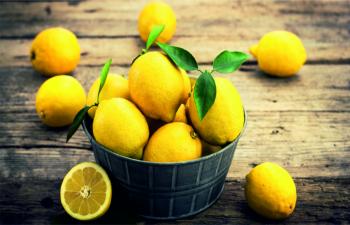
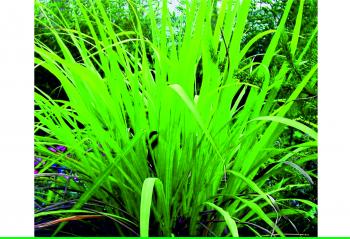
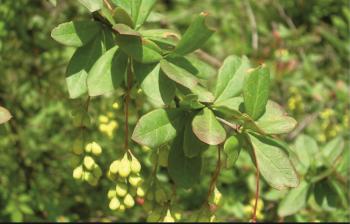

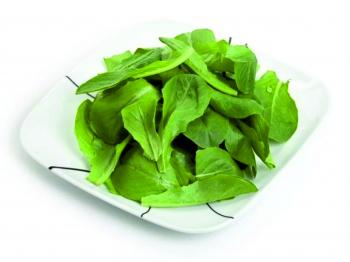
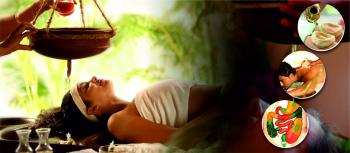
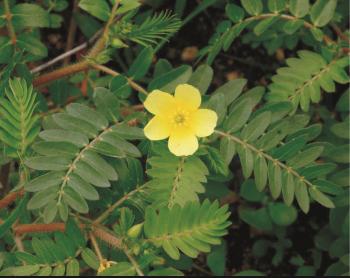

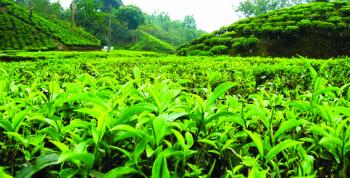

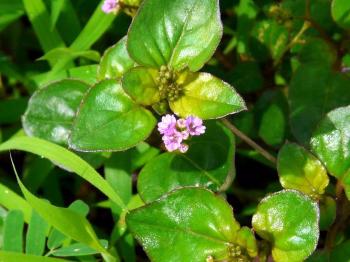







 Dec 2024
Dec 2024
 May 2024
May 2024
 September 2022
September 2022
 April 2022
April 2022
 October 2020
October 2020
 Jan 2020
Jan 2020
 June 2019
June 2019
 January-February 2019
January-February 2019
 Augest-September
Augest-September
 April 2018
April 2018
 November 2017
November 2017
 June 2017
June 2017
 November 2016
November 2016
 September 2015
September 2015
 March 2015
March 2015
 July 2014
July 2014
 January 2014
January 2014
 July2013
July2013
 March 2013
March 2013
 May 2012
May 2012
 May 2011
May 2011
 Sep 2010
Sep 2010
 Jun 2010
Jun 2010
 Feb 2010
Feb 2010
 December 2009
December 2009
 August 2009
August 2009
 June 2009
June 2009
 Feb 2009
Feb 2009
 December 2008
December 2008
 October 2008
October 2008
 March 2008
March 2008
 July 2008
July 2008
 May 2008
May 2008